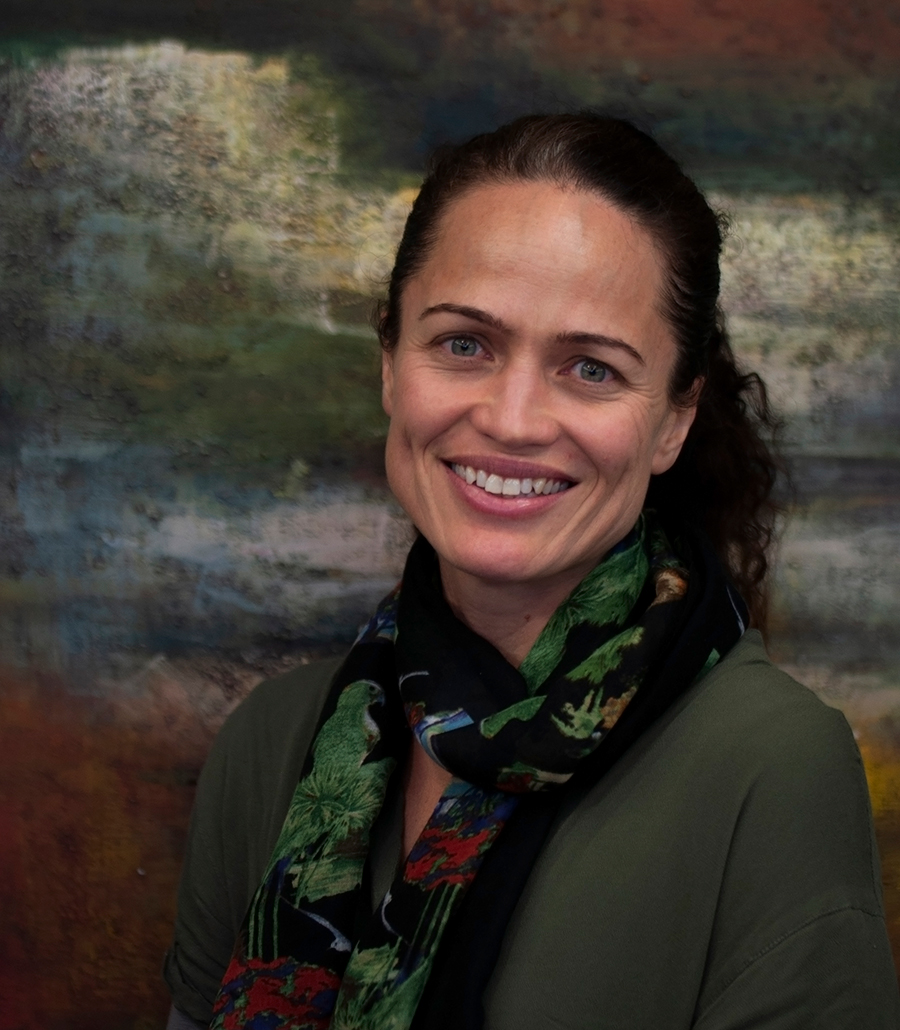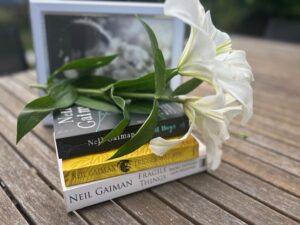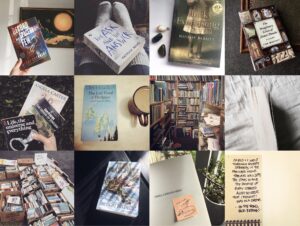What’s creative non-fiction? What’s an essay? What’s the point of all this writing? These are the questions swimming around in my head right now. I began last month with a burst of energy and inspiration. I got out a bunch of books from the library and immersed myself in the genre of creative non-fiction. At first, I enjoyed all this reading and reflection. I could almost see the possibilities opening up in front of me. Unlike the academic essay, which intentionally fabricates emotional distance between the writer and their subject, a creative non-fiction essay is all about the spaces in between. The subjective experience is the motivation. You’re rewarded for admitting what you don’t know and examining your own ignorance on the page.
Cheryl Strayed (whose book Wild was turned into a movie starring Reese Witherspoon) says that a good essay should end with the unwritten line ‘and nothing was ever the same again’. She’s talking about the way an essay should stay with you, change you. A good essay should pick you up in one place and drop you off somewhere else entirely. Of all the things I read and reread, her quote is the one I printed out and stuck on my noticeboard:
‘Behind every good essay there’s an author with a savage desire to know more about what is already known. A good essay isn’t a report of what happened. It’s a reach for the stuff beyond and beneath. Essayists begin with an objective truth and attempt to find a greater, grander truth by testing facts against subjective interpretations of experiences and ideas, memories and theories. They try to make meaning of actual life, even if an awful lot has yet to be figured out. They grapple and reflect with seriousness and humour. They philosophise and confess with intellect and emotion. They recollect and reimagine private and public history with a combination of clarity and conjecture. They venture into what happened and why with a complicated collision of documented proof and impossible-to-pin-down remembrances. And they follow the answers to the questions that arise in the course of writing about what happens wherever they go. The essay’s engine is curiosity; its territory is the open road. This is what makes them so damn fun to read. The vibrancy and intimacy, the mystery and nerve, the relentlessly searching quality is simultaneously like a punch in the nose and a kiss on the lips. A pow and wow. And ouch and a yes. A stop in a go.’
‘A savage desire to know more about what is already known’ is the sentence that sticks out. And also ‘impossible-to-pin-down remembrances’. I feel like this is entirely the territory of my manuscript. I’m going through the stuff of my past, holding it up to the light and turning it this way and that, unsure what is true at the same time as I know how things turn out.
What I’m doing feels like a form of therapy. This gives me occasional attacks of self-consciousness. Who wants to read about all these unspectacular people and unspectacular events in my unspectacular life? It’s a question I try and avoid because doubt is debilitating, and I really want to submit this manuscript so that I can go to Aussie next year to the Sydney Writers’ Festival with the Māori Literature Trust and Huia Publishers.
In a moment of reaching, I sent my mentor, Paula Morris, an email, and asked her if it was normal to feel ‘icky’ about my writing.
She replied like an editor, not a therapist. ‘Avoid vague words like ‘eventually’. You need to give details. Specifically, when did these things happen? Where did you go? Not ‘across town’ but from which suburb to which suburb?
She’s right, of course. I could see what she meant as soon as she pointed it out. She also wants more characterisation, which is something I don’t think I’m very good at. Characterisation has to do with the little details that help the reader to picture the people that only you, as a writer, can see. It’s the kind of stuff Ashleigh Young nails. In her award-winning book of essays Can You Tolerate This?, she describes the vet as ‘a cheerful man with a loud guffaw who’s as tall as it is possible to be’. She likens her mother’s delicate mouth to the edge of an upturned saucer.
I’m not very good at this. I find it hard to describe people. My father, unoriginally, has brown skin and deep frown lines like gashes on his forehead. I don’t know how to liken him to anything else. He is the thing I compare other things to. I would describe the couch, for example, as something that holds the shape of my father.
Ashleigh makes all this seem deceptively easy. It’s not as though her words are fancy or complicated. It’s that she sees the world in a very peculiar and interesting way. I’m not quite sure if I do. I think it’s one of the reasons I struggle so much to ‘think’ in Māori. In Māori, you wouldn’t say that someone is forgetful; you’d say he tangata māhunga wai – that guy’s got a mind like water. You wouldn’t say someone is old; you’d say they have hairy ears – taringa huruhuru.
Perhaps that’s another reason I should prioritise my reo studies. Seeing the world with a Māori lens might give my characterisation in te reo Pākehā the boost it’s missing.





